Why I failed to catch Canada's worst serial killer
- Published

Ten years ago, the trial of Canada's most prolific serial killer opened in Vancouver. Det Con Lorimer Shenher had long suspected the man in the dock, who eventually admitted to nearly 50 murders, but Shenher's attempts to question him had been hindered by red tape. He is still haunted by his failure.
Lorimer Shenher had been working in his new job as head of Vancouver's Missing Persons Unit for only two days when an anonymous caller gave him a name - the name of a man who could be responsible for the disappearance of women from the city's Downtown Eastside district.
It was July 1998 and Shenher had been tasked with finding out what had happened to 17 women missing from the district, also known as the "low-track", because it was where people went to buy cheap sex.
All the missing women were sex workers and drug users, and many were from Canada's indigenous population.
Shenher entered the name he had been given, Willie Pickton - or Robert William Pickton - into the police database.
He saw immediately that his suspect had form. Earlier that year, charges had been dropped against the 49-year-old pig farmer for imprisoning and stabbing a sex worker, almost fatally.

Pickton's farm in Port Coquitlam outside the city of Vancouver
The caller said he had been told women's handbags, identity cards and bloody clothing could be seen at Pickton's farm. And he said he had listened himself to Pickton making disturbing jokes.
"Pickton had a meat grinder he would talk about," says Shenher.
"He would tell his friends, 'If you ever need to dispose of a body…'"
Working out whether Pickton had anything to do with the disappearances would be a straightforward case of issuing a search warrant and bringing him in for questioning, Shenher thought.
"My mantra was you have to either rule him in or rule him out," he says.
But in fact it would be another four years before officers finally searched Pickton's property - on an unrelated charge - and by that time at least another 14 women had been murdered.

Many of Pickton's victims were from Canada's marginalised indigenous community
A forensic search of Pickton's farm eventually revealed the DNA of 33 women in various buildings, freezers and machines.
As he had boasted, the pig farmer had disposed of his victims in his meat grinder. Others he had fed to his pigs.
He later confessed to an undercover officer that he was one short of hitting his target of 50 kills.
So why did it take so long to catch him?
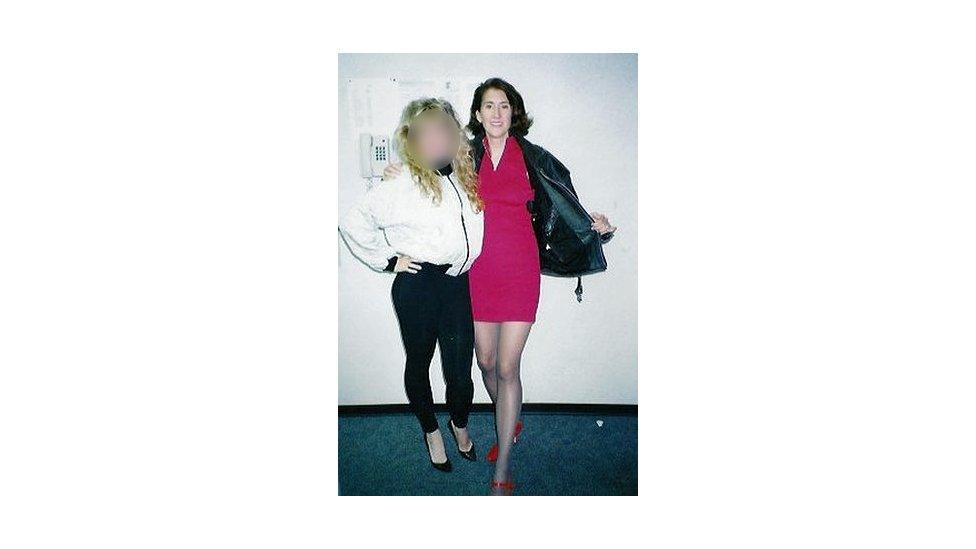
Lorimer Shenher dressed as a sex worker for an undercover assignment
Shenher began his police career in the early 1990s as Lorraine Shenher - an athletic, hard-working 27-year-old who achieved one of the highest scores ever in the Vancouver Police Department selection process. He has since undergone gender reassignment, changing his name from Lorraine to Lorimer.
For one of his first assignments he worked undercover in the Downtown Eastside. Dressed in a short skirt, he would wait on street corners for men to solicit him for sex so he could arrest them.
The experience gave Shenher an insight into the brutality sex workers routinely experienced. Clients could be violent - one threatened to kill him, another tried to abduct him at gunpoint. He also noticed that police officers who should have been protecting the women often ignored their complaints.
At this time, he had a unique perspective on what he saw happening around him.
"I felt I was a man observing the situation. But also, living as a woman myself, I couldn't put up with the oppression and sexism the women faced," he says.
"I had a lot of anger around it."
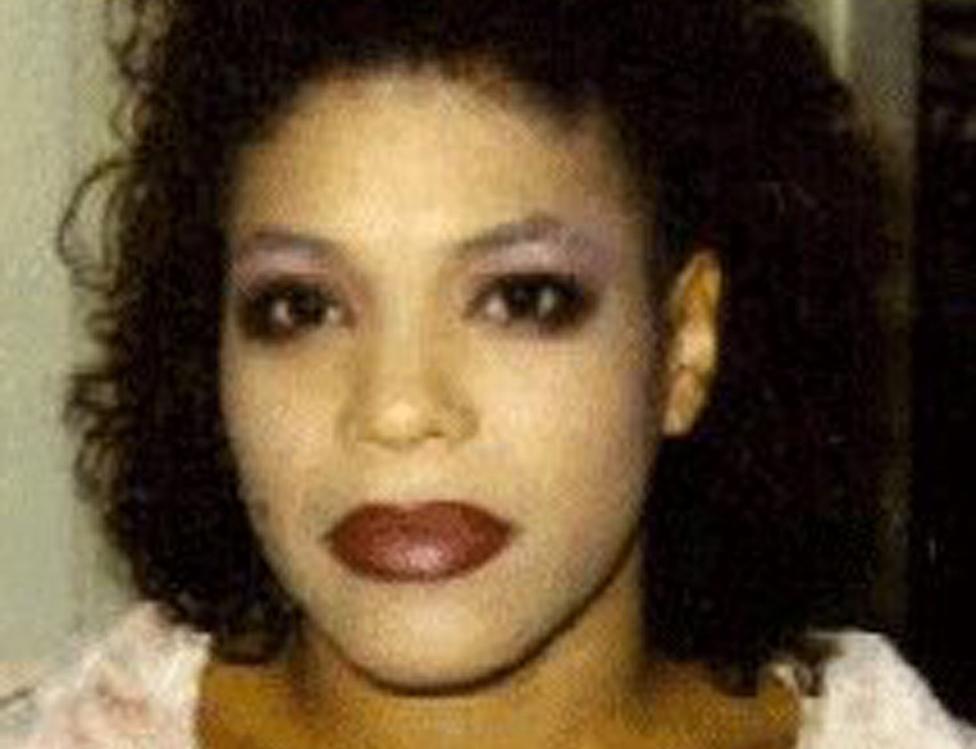
Sarah de Vries
A few years later, Downtown Eastside residents began to report that women were going missing.
One, a young drug user and sex worker called Sarah de Vries, described her fears in her diary.
"Am I next?" she wrote in December 1995.
"Is he watching me now? Stalking me like a predator and its prey. Waiting, waiting for some perfect spot, time or my stupid mistake. How does one choose a victim?
"Good question. If I knew that, I would never get snuffed."
In April 1998, Sarah herself disappeared.
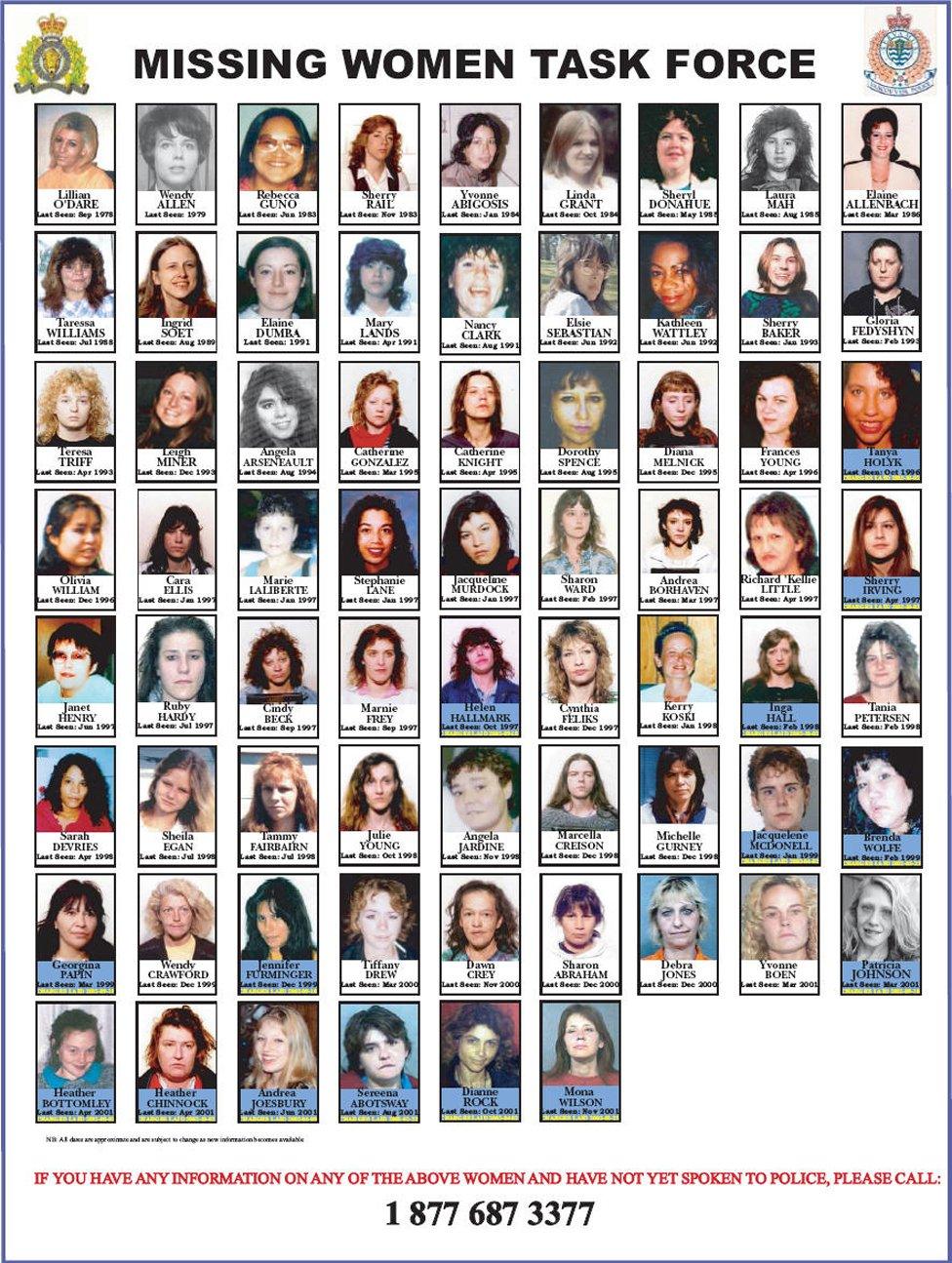
She was the 17th person on Shenher's list when he was appointed to the Missing Person's Unit.
Several officers within the Vancouver Police Department had already begun to suspect a serial killer was at work.
One of them was Det Insp Kim Rossmo, who had recently completed doctoral research in criminal profiling.
"I went back 20 years using data and typically we would find either no, or just one or two, unfound people in a year," he says.
"This number started to grow in 1996, 1997 and 1998. I thought the only explanation for this was a serial murder case."
But when Rossmo took his findings to the officer in charge of the Major Crime Section, he was told that because the women tended to live transient lives, it was more likely they had just drifted away.
In fact, this was wrong. Although the women were drug users and poor, they still maintained strong ties to families, friends and their community.
But because no-one had found the women's bodies, Rossmo's boss thought no crime had taken place and that in time the women would show up.

Special Report: On the trail of the murdered and missing
Each year, dozens of indigenous Canadian women are murdered or disappear never to be seen again. Some end up in a river that runs through the heart of Winnipeg.
BBC News App users click HERE.

One of Shenher's first moves was to get in touch with the officer who had arrested and charged Pickton in 1997 for his attack on a sex worker at his farm.
Despite the severity of the victim's injuries, prosecutors had dropped the case because she was a heroin addict and it was felt she wouldn't be a convincing witness.
Shenher found this decision inexplicable, and his views were shared by the arresting officer - from the Royal Canadian Mounted Police (RCMP) - who helpfully opened his files to Shenher.
Because Pickton's farm was outside the city, it fell under the jurisdiction of the RCMP rather than the Vancouver Police Department.
In Shenher's view it made sense for the Vancouver police and the Mounties to work together on the case, but at the highest levels of both forces there was resistance to the idea and full co-operation did not begin for several years.
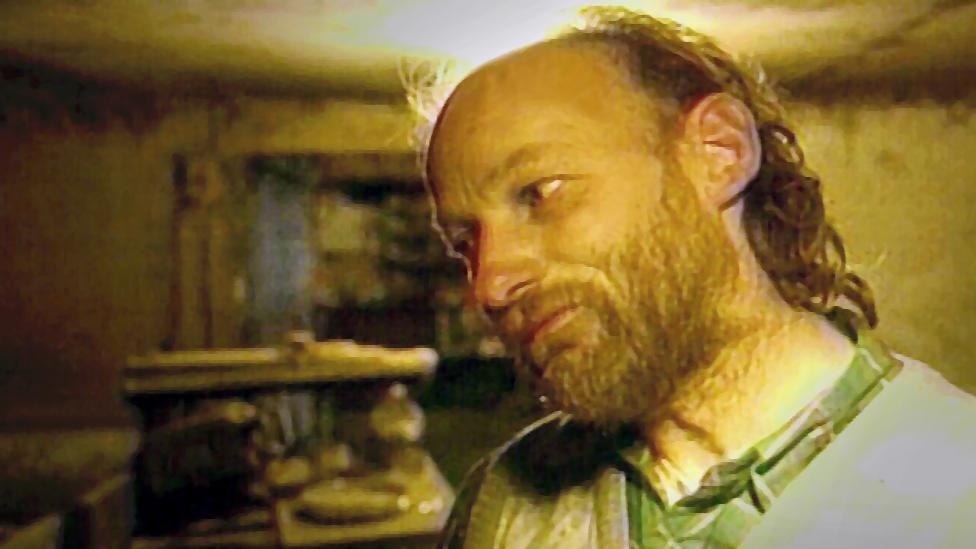
Robert Pickton
So Shenher returned to his original phone tip-off.
The caller had mentioned parties held on Pickton's farm in a barn known locally as Piggy's Palace. These late-night gatherings were popular with biker gangs. Sex and drugs were said to be freely available.
A female friend of the informant had attended these parties, and it was she who had seen personal items and bloody clothing that could have belonged to the missing women.
Shenher quickly identified this woman but she didn't want to speak to the police. So Shenher proposed an undercover operation to confirm her story, using a female officer who would befriend her and become her confidante. The plan was refused.
Instead, Pickton was put under surveillance for three days. But as he did little to arouse suspicion, this was discontinued.
"If these women were from any other walk of life, there would be total outrage, search parties, volunteers, roadblocks," says Shenher.
"On a very deep level, a large segment of society and the policing community didn't feel these women were worth searching for and many people questioned whether they even wanted to be found."
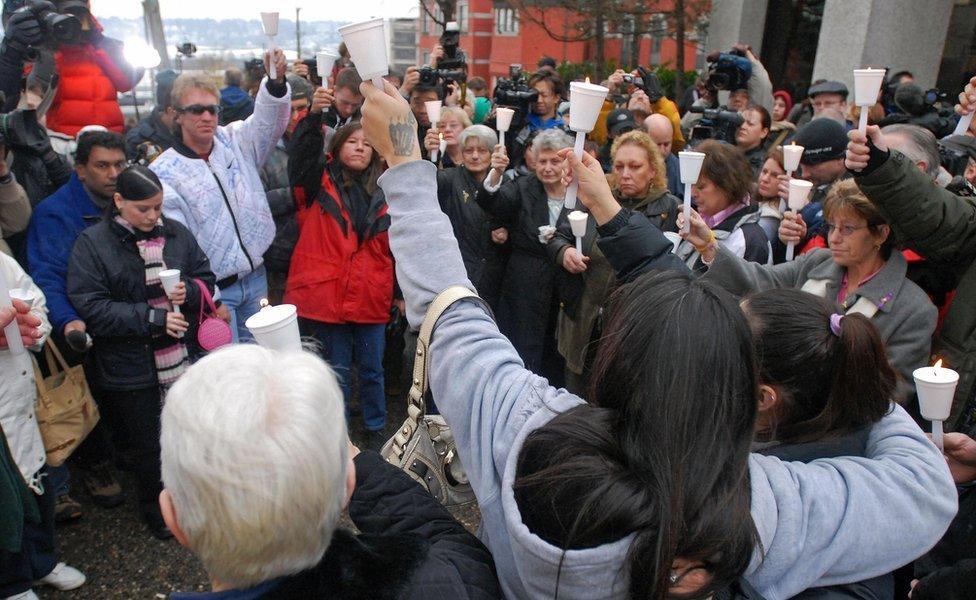
Friends and family members hold a vigil for Pickton's victims
In May 1999, the Vancouver Police Department established a Missing Persons Review Team with Shenher as the lead investigator. Although this was an improvement from the Missing Persons Unit, it still lacked the resources of a fully-fledged homicide investigation.
Then another source came forward with a gruesome story that appeared to identify Pickton as the man killing and disposing of the missing women.
The source said he had seen handcuffs in Pickton's bedroom and a special freezer in his barn from which he had been served "strange meat", which he believed could have been human.
He also spoke of a female friend, whom he named as Lynn Ellingsen, who had gone with Pickton to the Downtown Eastside to help him pick up women.
The source said that Ellingsen had told him that she had walked into Pickton's slaughterhouse and had seen what she thought was a female body hanging from a meat hook. Pickton was standing beside it cutting strips of flesh off the body's legs. She said she hadn't realised that human fat was yellow - a detail that lent credibility to her story.

At this point Shenher felt he had enough evidence to bring both Ellingsen and Pickton in for questioning, but because Pickton's farm fell under the jurisdiction of the RCMP, it was up to them to take the investigation forward.
The RCMP questioned Ellingsen twice, but both times she refused to talk.
As for Pickton, Shenher later found that an RCMP officer visited his farm but was told by his brother to "come back during the rainy season" because they were too busy working. Four months later, RCMP officers did interview Pickton, who denied killing the women. He consented to a search of his property - but amazingly, this offer was not followed up.
By now the number of missing women had risen to 30 and Shenher was beginning to experience physical symptoms brought on by what he regarded as his failure to solve the crimes.
He suffered from nightmares and mysterious aches in his body, had trouble eating and developed allergies.
"I've asked myself so many times could I have just physically gone to the farm and tried to execute a search warrant," he says.
"The answer, really, is 'No'. It was not my jurisdiction. What failed us was that someone at a very senior level in my force should have approached someone at a very senior level in the RCMP. But it didn't work that way. We didn't get that support."
By the end of 2000, Shenher was exhausted and demoralised. He was beginning to suffer from post-traumatic stress disorder so asked to be transferred to a different unit.
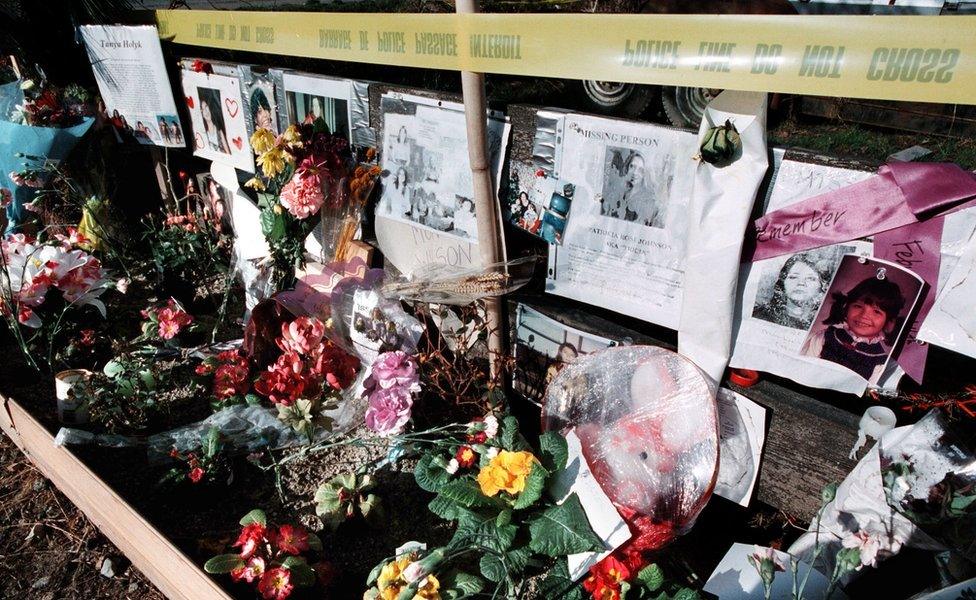
Then, in January 2001, nearly three years after Shenher had received his first tip-off about Pickton, the RCMP and Vancouver Police Department finally established a joint operation to re-examine the cases of missing and murdered sex workers in the province of British Columbia.
Shenher should have been cheered by this. Instead he was depressed.
"What they did was to pull in as many sex offenders and predators that they were aware of in the province and put together a list of 100 men, but not rank them in priority," he says.
"So despite having all our information about Pickton, they didn't put him at number one of the suspect list."
It was only in February 2002 when a junior RCMP officer visited Pickton's farm looking for an unlicensed gun and spotted an asthma inhaler bearing the name of one of the missing women, that he was finally arrested.
Within hours, the Pickton property became the site of the largest crime scene search in Canadian history.
Shenher, when he found out, experienced a wave of contradictory emotions.
"Shock, elation, dread, excitement, sorrow, grief, nausea - it was all there, jumbled up together," he says.
"It was a hollow victory and all I could do was cry."
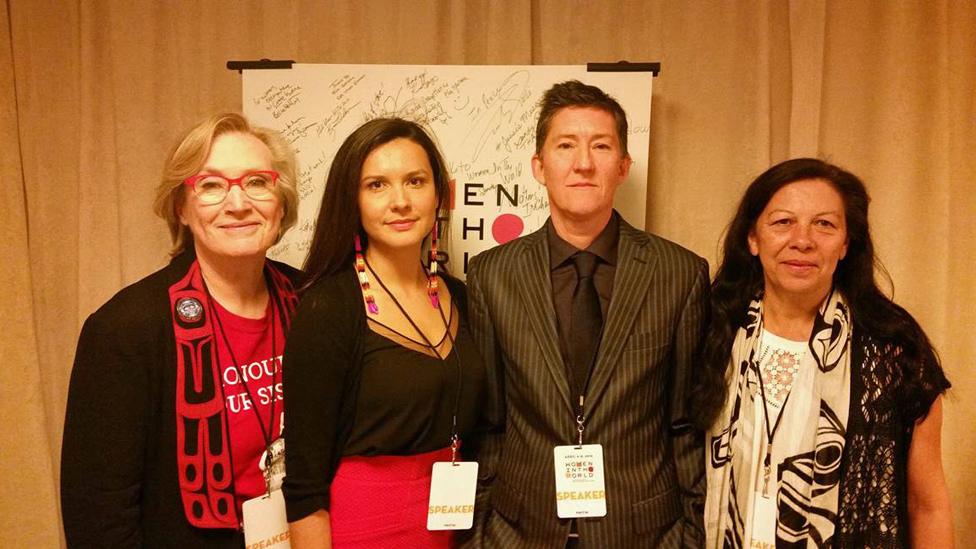
Canadian Minister Carolyn Bennett (far left) and Lorimer Shenher (centre right) with relatives of Pickton's victims
In 2007, a court found Pickton guilty of six counts of second-degree murder. There was enough evidence to charge him for a further 20 killings, but prosecutors decided not to proceed because he had already been given the maximum life sentence.
Shenher's criticism of the police investigations was shared by family and friends of the victims.
In 2010, in response to popular pressure, the government of British Columbia formally announced a Missing Women Commission of Inquiry to look into the police's conduct.
It ruled that their investigations suffered from a lack of leadership, describing them as a "blatant failure" marked by a deep bias against the poor, often drug-addicted, victims.
At the same time it praised certain officers, like Shenher, for striving valiantly to solve the crisis.
But what could have been an opportunity for genuine soul-searching about the failures of the province's police and justice systems was wasted, Shenher says.
He even accuses the inquiry of suppressing information that would have shed light on why Pickton's farm was not searched earlier.
"My sense was there appeared to be a concerted effort by the provincial government to restrict the amount and type of information that came out," he says, though he admits he has no firm evidence to back this suspicion.
He now hopes a National Inquiry into Missing and Murdered Indigenous Women and Girls, announced last year by the new government of Justin Trudeau, will go further towards answering the question why vulnerable women were so badly let down.
"When a missing woman is viewed as inevitable, where the surge of the investigation is not done at the same level as other investigations and women are dying, then we have to do better," the Canadian Minister for Indigenous and Northern Affairs, Carolyn Bennett, told the BBC.
Racism and sexism were still a problem within the country's police forces, she added.
Shenher is now on long-term medical leave from the police. In 2015 he published a book that details his frustrations with the Pickton investigation, That Lonely Section of Hell.
"People think there's police accountability in Canada," he says.
"But there aren't a lot of mechanisms that the government has to oversee their work.
"Without that accountability, I do think a killer like Pickton could get away with it again."
This article was supported by the Pulitzer Center on Crisis Reporting
Follow Joanna Jolly on Twitter, external
Join the conversation - find us on Facebook, external, Instagram, external, Snapchat , externaland Twitter, external.

